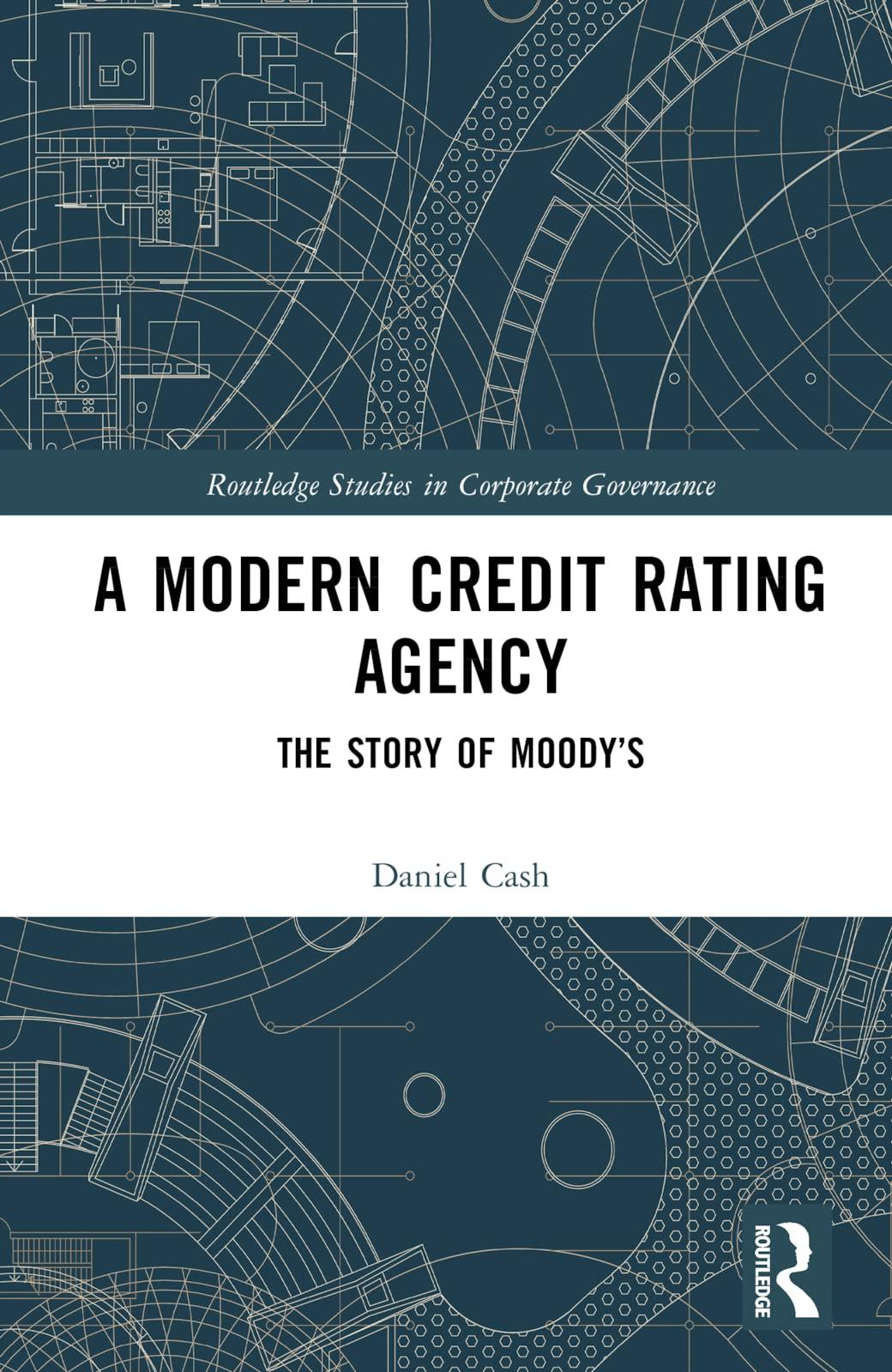Question
The International Investor: Islamic Finance and the Equate Project Project summary In August 1994, Union Carbide Corporation and Petrochemical Industries Company (PIC) began building a
The International Investor: Islamic Finance and the Equate Project Project summary In August 1994, Union Carbide Corporation and Petrochemical Industries Company (PIC) began building a $2 billion petrochemical plant in Kuwait known as Equate Petrochemicals Company (Equate). They financed construction with a $450 million bridge loan, but hoped to raise $1.2 billion of permanent debt financing backed by guarantees from the United States Export-Import Bank (US Exim). Despite more than a year of negotiations, they had still not worked out a deal. Having become sufficiently frustrated with process, the sponsors began exploring alternative financing structures without export credit agency (ECA) involvement. Although they were closing in on a proposal, they needed more certain commitments from various lenders before they could openly change structures. One aspect of the deal that would remain the same under either structure was the inclusion of a tranche of Islamic finance; i.e., funds that were invested in accordance with Islamic Sharia principles (Islamic law). The sponsors had awarded a mandate to underwrite the Islamic tranche to Kuwait Finance House (KFH), Kuwaits only Islamic bank, which, in turn, had come to The International Investor (TII), an Islamic investment bank, for assistance in placing the Islamic tranche. TIIs chairman, Adnan Al Bahar, had asked Sulaiman Al Qimlas, Salah Nafisi, and Yahya Malik, members of TIIs Structured Finance Group, to prepare a final recommendation regarding TIIs involvement in the deal. In particular, Bahar wanted to know whether the proposed ijara structure made sense and whether TIIs Sharia committee was likely to accept it. In addition, he wanted to discuss how much TII should commit to place knowing that TII would not commit if it did not have investors lined up for the full amount. Questions a. Is Equate an attractive investment opportunity for the sponsors?
b. What are the expected internal rates of return for equity investors? for subordinated debtholders?
c. Are the returns commensurate with the risks?
d. What are the major operating and financial risks?
Step by Step Solution
There are 3 Steps involved in it
Step: 1

Get Instant Access to Expert-Tailored Solutions
See step-by-step solutions with expert insights and AI powered tools for academic success
Step: 2

Step: 3

Ace Your Homework with AI
Get the answers you need in no time with our AI-driven, step-by-step assistance
Get Started


